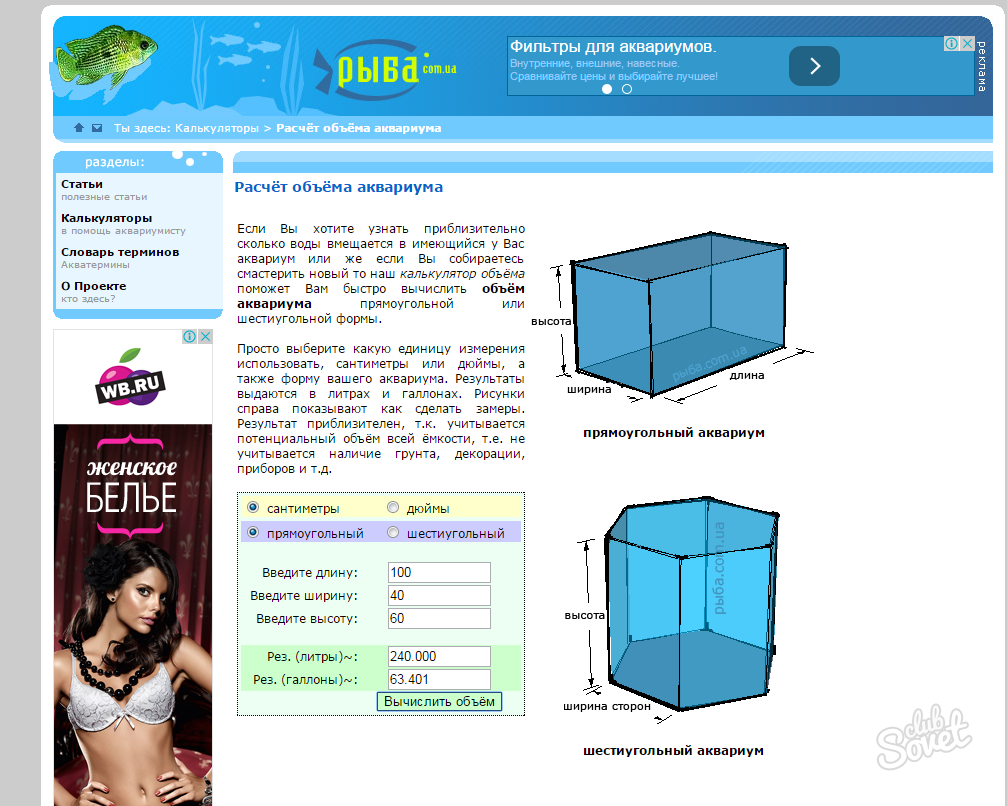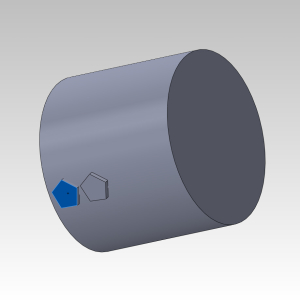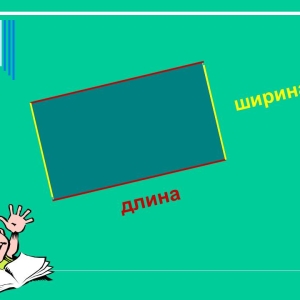The volume shows the amount of space that fills the substance. Capacity - the value is closely related to the volume. After all, it determines the container of the internal vessel, where this substance is placed. This physical value (V) is measured in cubic meters, cubic centimeters, or in cubic decimeters, the latter are equal to liters. Further, in all details we learn what methods can be translated by m³ to liters.
For example, you installed the pool, you know its volume in meters of cubic (8 m³). So that the water in it does not bloom, it is necessary to add chlorine. But, as it was called to find out how much add chlorine to the amount of water in your tank, you need to know the cabinet containers. From school it is known that 1 dm³ \u003d 1 l. And one meter in Cuba equals1000 dm³, from here 1 m³ \u003d 1000 liters. Now it is clear that V \u003d 8 m³ corresponds to 8,000 liters. Not everyone is clear why in the cubic meter a thousand liters, which is generally a cubic meter. Imagine a large cube with dimensions: height 1 meter, width 1 meter and 1 meter length. This cube and accommodates a thousand liters of water, tested on experiments. Almost everyone is familiar with Rubik's cube, but on the principle of this puzzle, we divide our cube on an equal small part (size - 1 dm: 1 dm: 1 dm). These small cubes have a capacity of 1 liter. If you recalculate, it turns out 1,000 pieces in one Cuba.- 15,000 liters translate into cubic meters;
- 15 000 ÷ 1 000 \u003d 15 m³
As you can see, knowing the size of the volume in the meters of cubic, you can calculate the litter. And, by different methods, now they are known to you. Know that liters are used for gas volumes or liquid mass from 100 grams to hundreds of kilograms. When V is more than 1,000 liters, it is better to consider in cubic meters. Yes, and in physics, when solving problems, M³ is used.




































